Removal of a thyroid nodule
The thyroid gland is an important organ, on the functioning of which metabolism, hormonal balance and even psycho-emotional state depend.
The appearance of nodes in the thyroid gland is a common, but not always dangerous pathology that requires medical supervision and an individual approach to treatment. If any seals appear in the neck area, it is important to immediately contact a therapist or endocrinologist and not self-medicate.

specialists

equipment

treatment

Causes of thyroid nodules
The main causes of node formation:
- Iodine deficiency: causes thyroid cells to actively divide, which leads to local foci of hyperplasia
- Autoimmune processes, in which chronic inflammation provokes uneven tissue growth with the formation of pseudonodes
- Age-related changes: after 40-50 years, natural processes occur in the gland tissue as a result of which some follicles atrophy, while others compensatorily increase, forming colloid nodes
- Radiation exposure: irradiation is especially dangerous in childhood - the risk of neoplasia increases by 15-20 times
- Genetic predisposition: hereditary mutations increase the risk of developing benign neoplasms
- Hormonal disorders
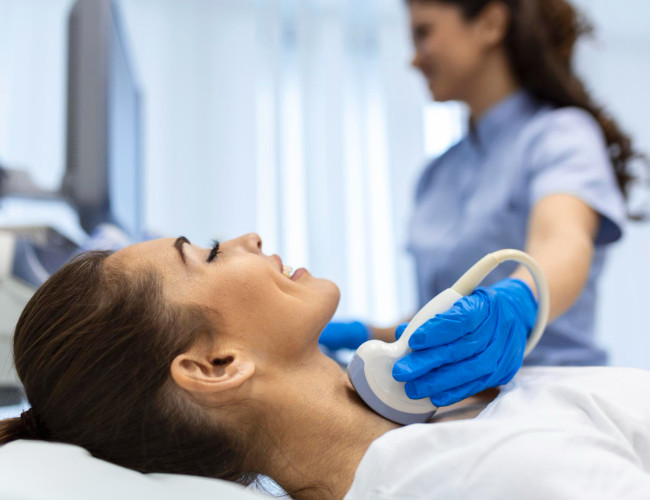
Risk factors and provoking factors
Major risk factors:
- insufficient iodine intake with food (especially relevant for endemic regions)
- age after 40 years;
- gender: in women, due to the influence of hormonal levels, nodes occur 4-8 times more often than in men
- patients with autoimmune thyroid diseases
- the presence of thyroid pathologies in close relatives
- patients after radiation therapy in the neck area
Stress, unfavorable environmental factors, smoking, exposure to toxins, and long-term use of certain medications have a negative effect on thyroid function.
Symptoms of thyroid nodules
In most cases, thyroid nodules are asymptomatic and are discovered by chance during an ultrasound examination. However, with a significant increase in the size of the tumors or the development of complications, characteristic signs may appear. Clinical manifestations depend on the type of node, its hormonal activity and the impact on surrounding tissues.
Diagnosis of thyroid nodules
Instrumental methods (ultrasound, scintigraphy)
Modern instrumental methods are used to accurately assess nodular formations:
- Ultrasound examination (US): the main method of primary diagnostics, which allows you to determine the size and number of nodes, echostructure, the presence of calcifications, the state of blood flow and regional lymph nodes
- Scintigraphy: during the procedure, the patient is injected with a radioactive substance that accumulates in the thyroid gland. Then, using a special camera, a picture is taken that shows how this substance is distributed in the gland
Ultrasound is a mandatory diagnostic method for any nodes, scintigraphy is prescribed according to indications. The results of instrumental studies are interpreted in conjunction with the clinical picture and laboratory tests.
Laboratory methods (biopsy and tests)
For a comprehensive assessment of thyroid formations, tests are used for:
- TSH (thyroid stimulating hormone): the main screening test
- Free T4 and T3: performed if TSH is abnormal
- Calcitonin: a marker of medullary cancer
- Antibodies to TPO: if autoimmune thyroiditis is suspected
For differential diagnosis of nodes, a biopsy may be indicated, which allows you to obtain a tissue sample of the node for further examination under a microscope. The procedure is performed using a thin needle, which the doctor inserts into the node under ultrasound control. This is a minimally invasive method that helps determine the nature of the formation and choose further treatment tactics.
Prevention of thyroid nodules
Compliance with the following recommendations can significantly reduce the likelihood of the occurrence and progression of pathology:
- Regular consumption of seafood, seaweed, fish, iodized salt (5-10 g / day)
- Monitoring hormonal status
- Timely correction of thyroid dysfunction
- Observation by an endocrinologist in case of an adverse heredity
- Healthy lifestyle: quitting smoking, minimizing stressful situations, maintaining normal body weight
- Use of protective equipment in case of professional risks of radiation exposure
Persons over 40 years old are recommended to undergo routine ultrasound of the thyroid gland once every 2-3 years. If alarming symptoms appear, you should urgently make an appointment with an endocrinologist. Early detection of changes allows treatment to begin at early stages, preventing the development of complications.
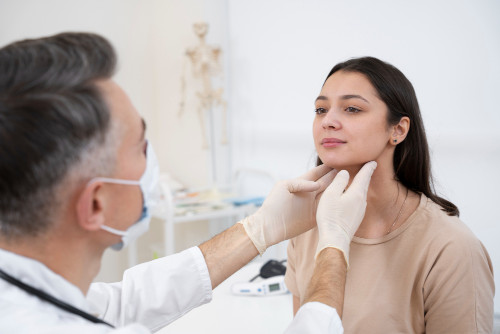
Frequently Asked Questions
Do all nodes need to be treated?
No. If the node is benign, up to 1 cm and does not cause any symptoms, it can simply be observed.
When is surgery needed?
Surgical intervention is prescribed if the patient has a large tumor that compresses the trachea or blood vessels; a high risk of malignancy; a toxic node accompanied by thyrotoxicosis.
Is it possible to reduce the node without surgery?
Yes, minimally invasive methods are used to remove small types of nodes: sclerotherapy, laser or radiofrequency ablation.
Should I take iodine if I have a nodule?
Iodine therapy can only be performed as prescribed by a doctor. With some neoplasms, iodine can be dangerous, so self-medication is strictly prohibited.
How often should you have an ultrasound?
For benign nodes, diagnostics are required once every 6-12 months, for suspicious nodes - every 3-6 months. After surgery to remove part of the gland, it is necessary to undergo examination once a year.
What is the cost of treating nodes?
The prices for treatment depend on the chosen method, which the doctor can select after a comprehensive diagnosis.

This award is given to clinics with the highest ratings according to user ratings, a large number of requests from this site, and in the absence of critical violations.

This award is given to clinics with the highest ratings according to user ratings. It means that the place is known, loved, and definitely worth visiting.

The ProDoctors portal collected 500 thousand reviews, compiled a rating of doctors based on them and awarded the best. We are proud that our doctors are among those awarded.
Make an appointment at a convenient time on the nearest date
Price

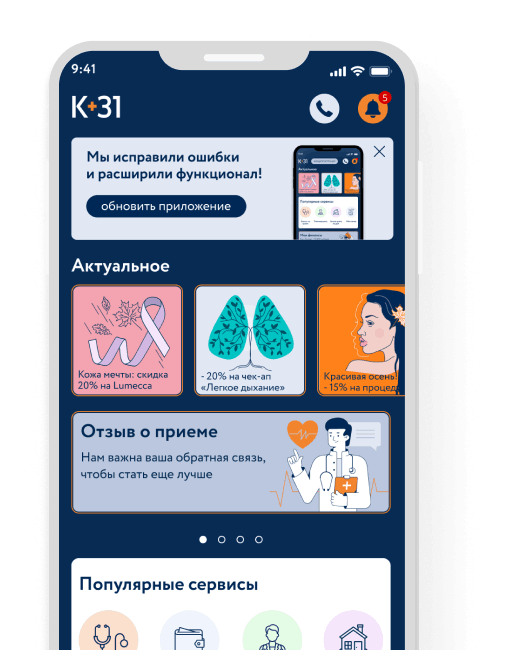
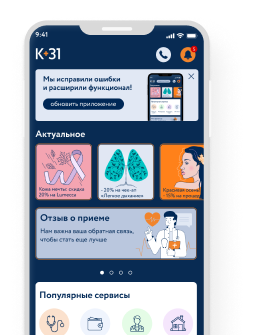



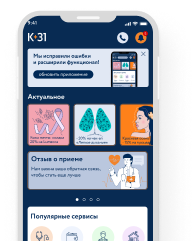
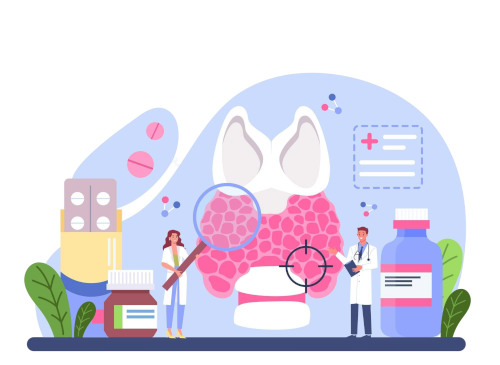
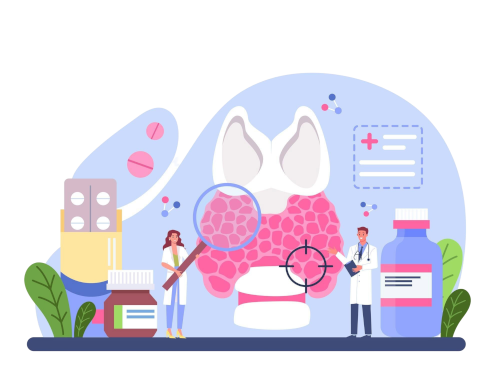
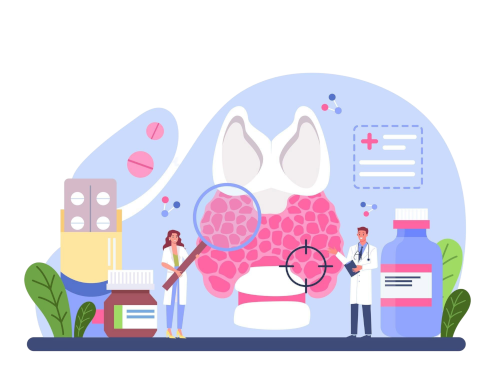
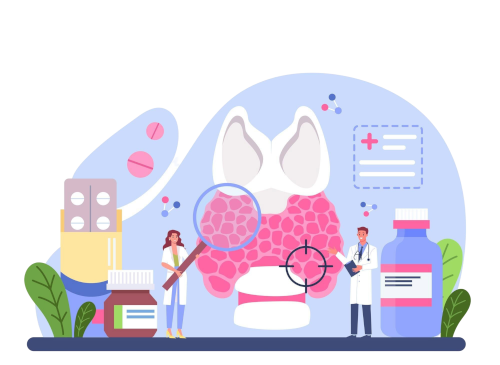
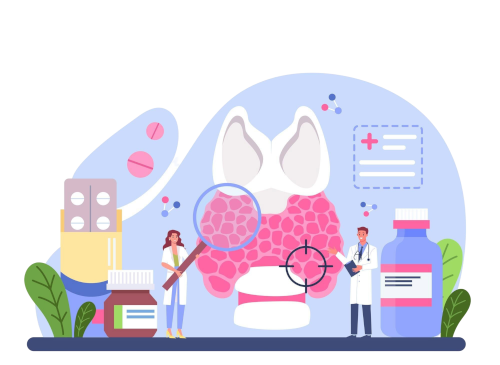
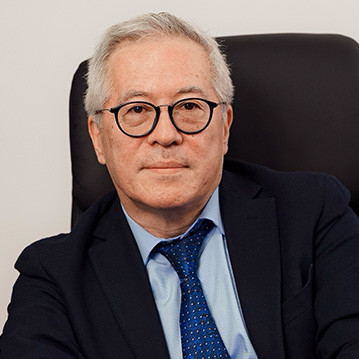

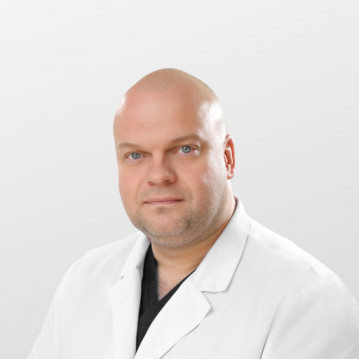
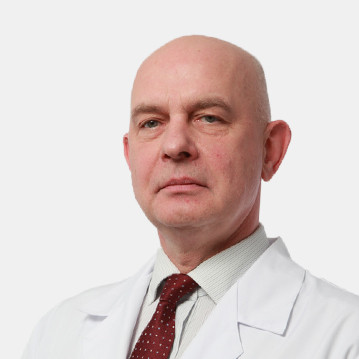
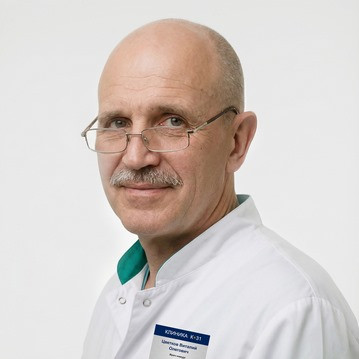
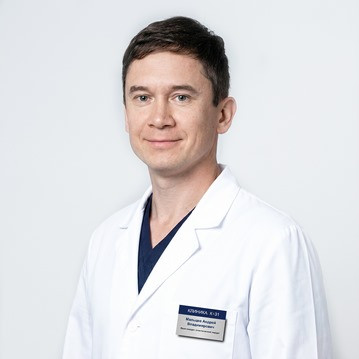
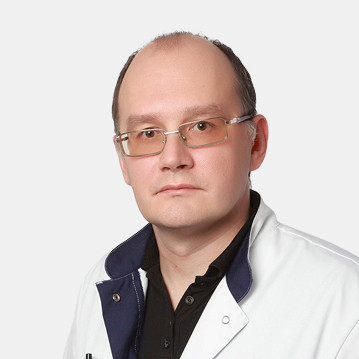
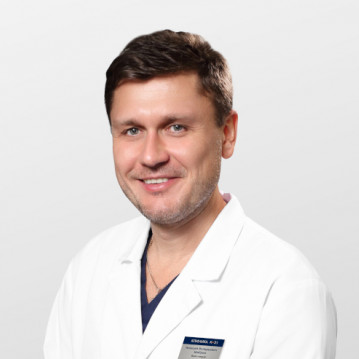
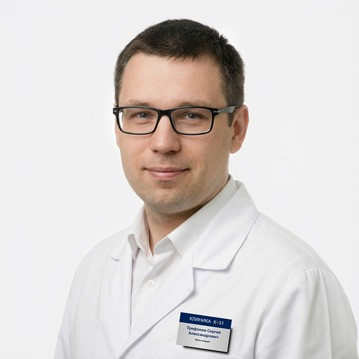
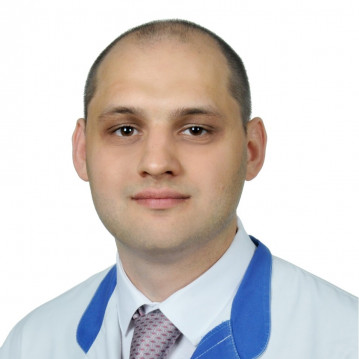
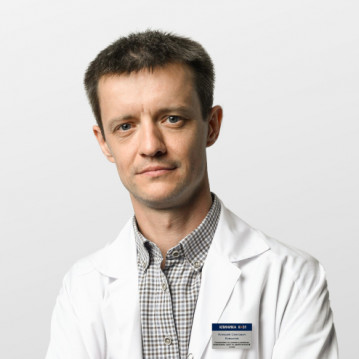
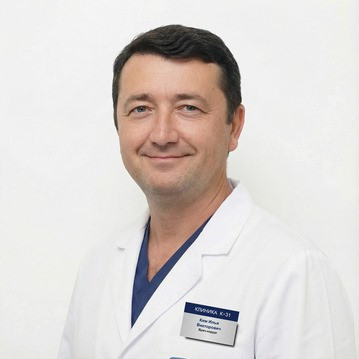
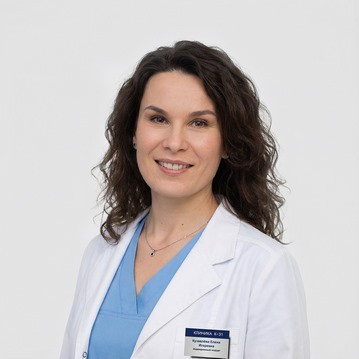

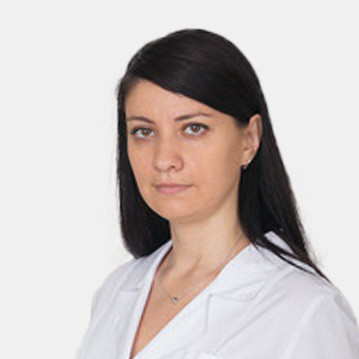
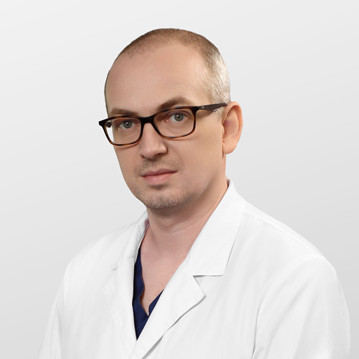
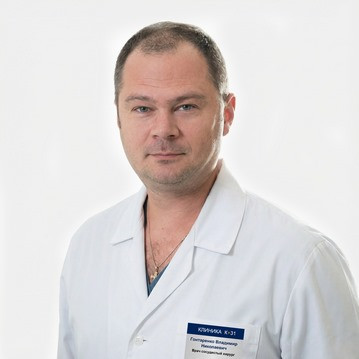

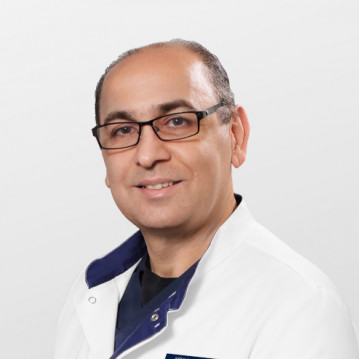

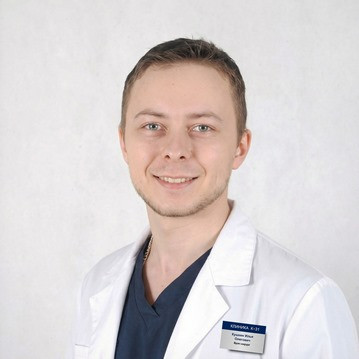

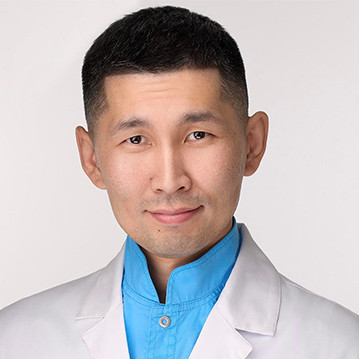


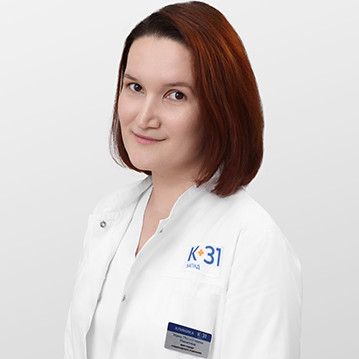
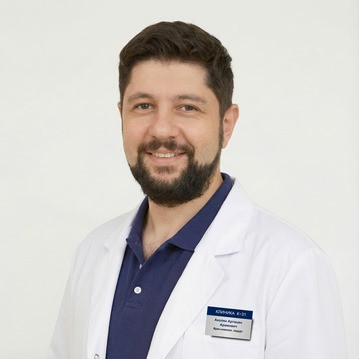
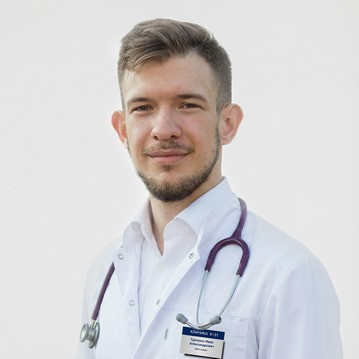

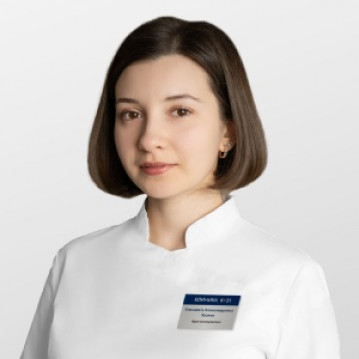
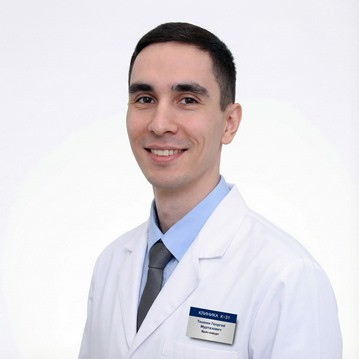
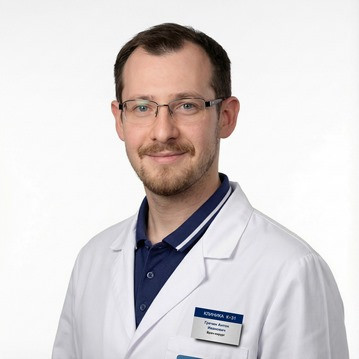
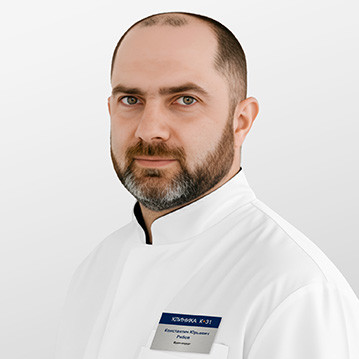
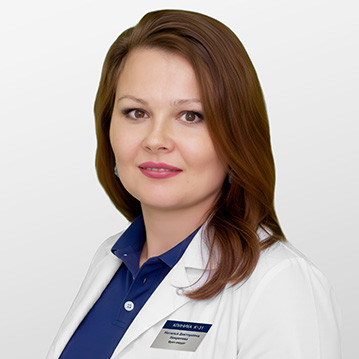
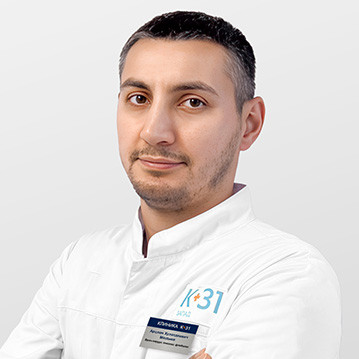
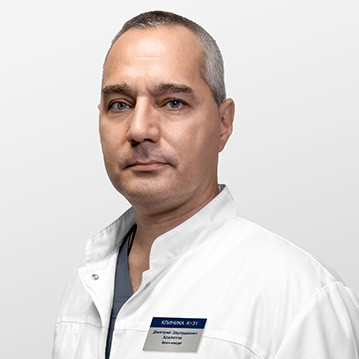
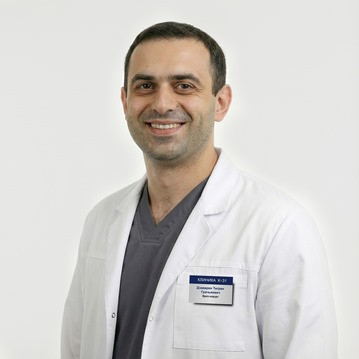

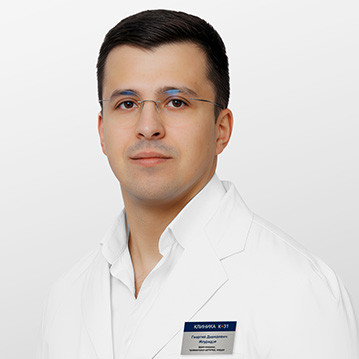
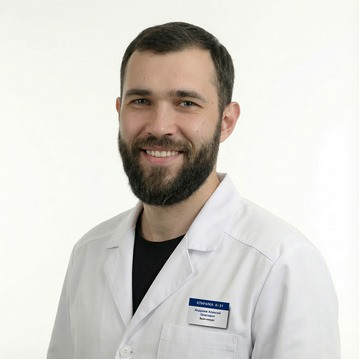
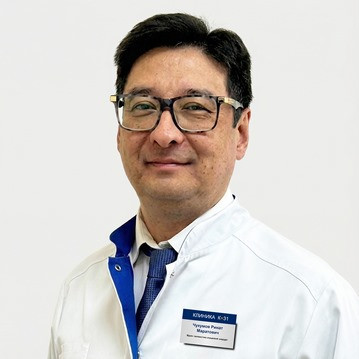

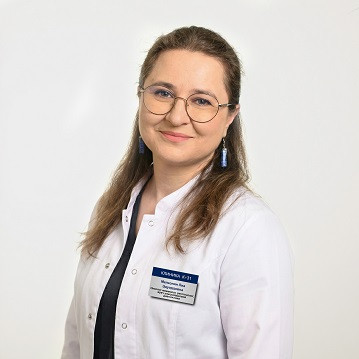
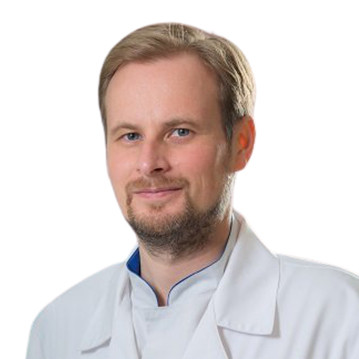




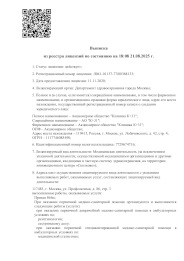

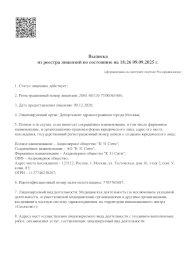
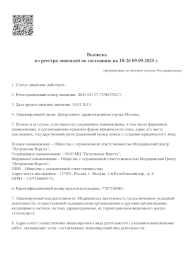

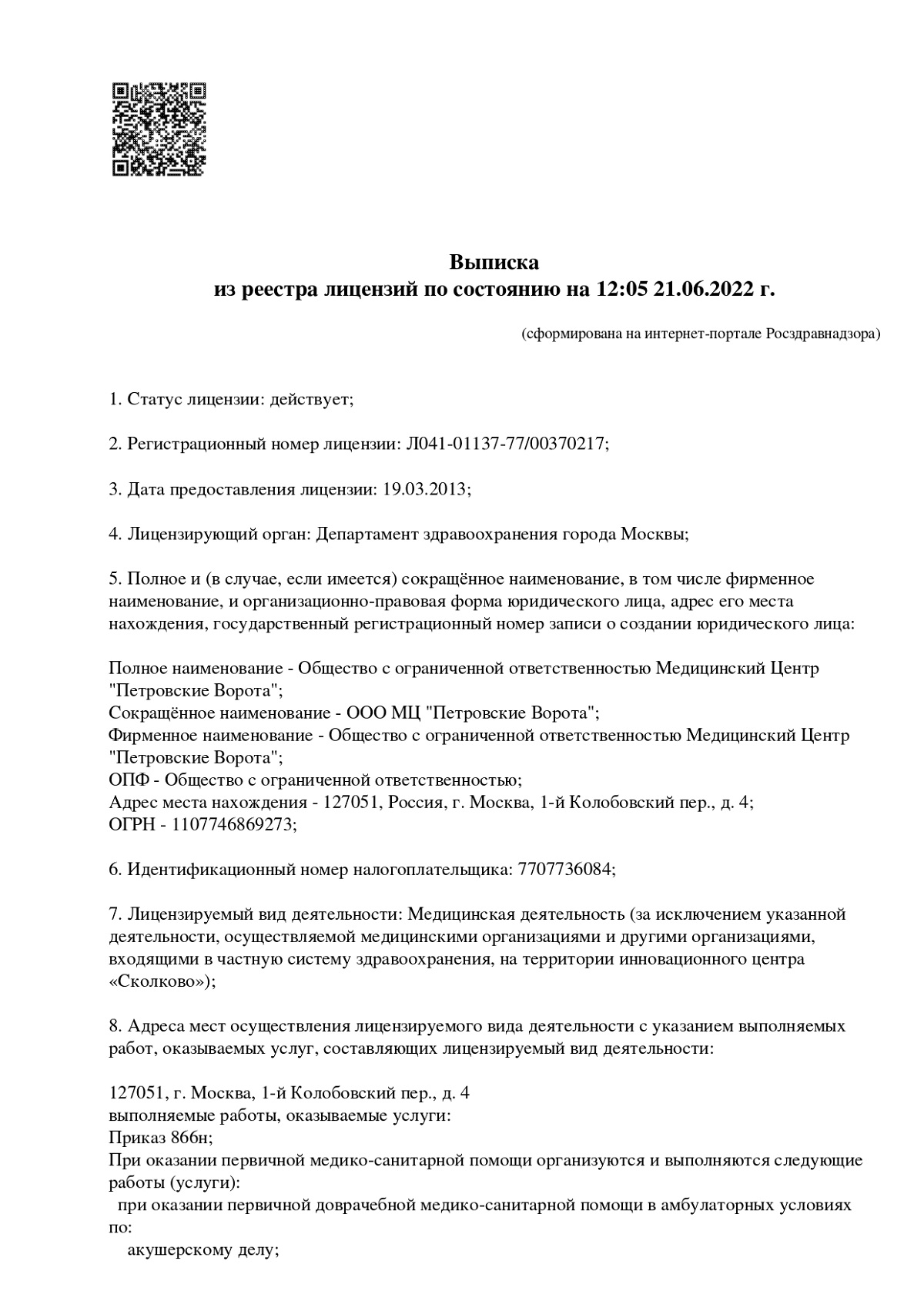
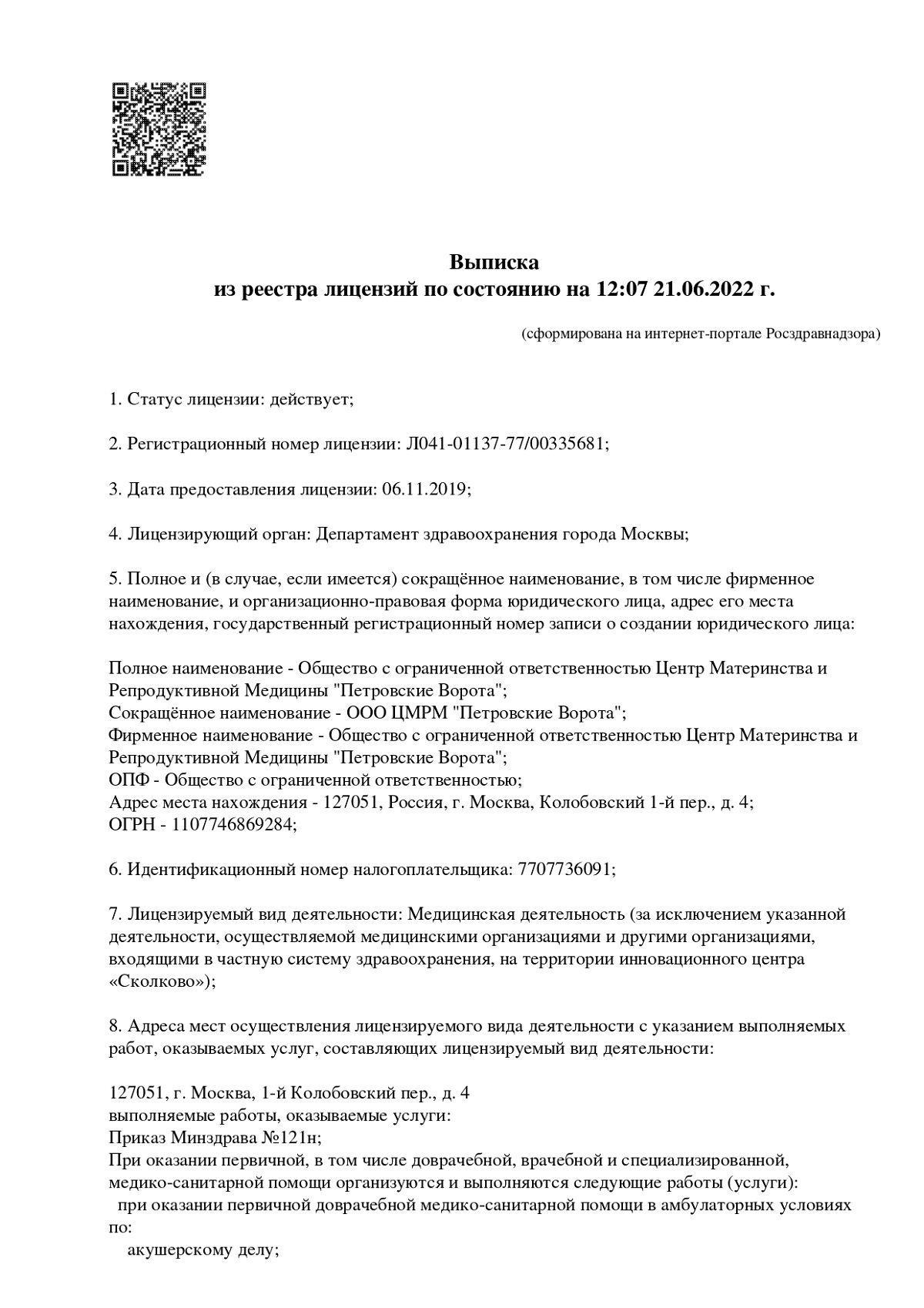
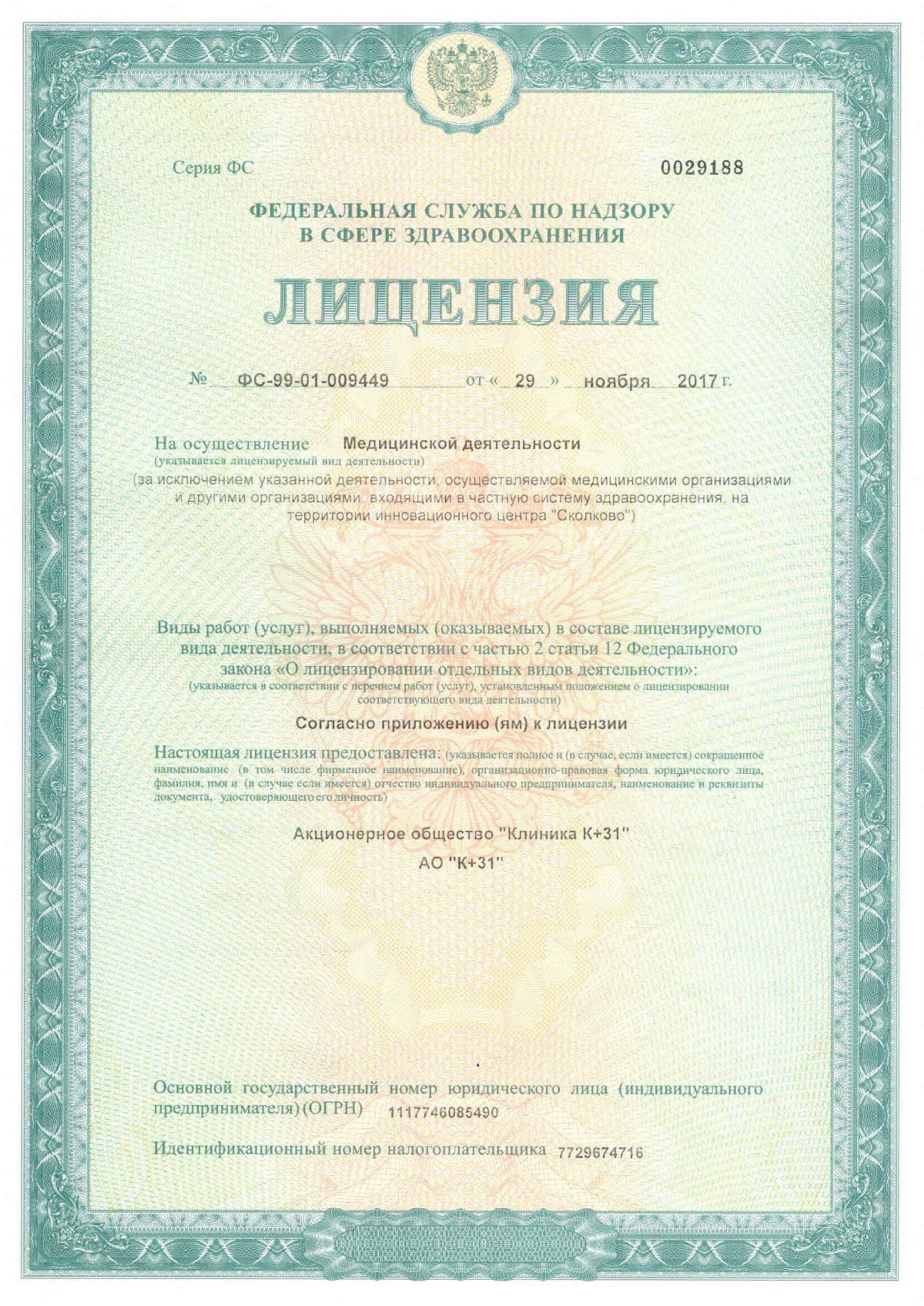
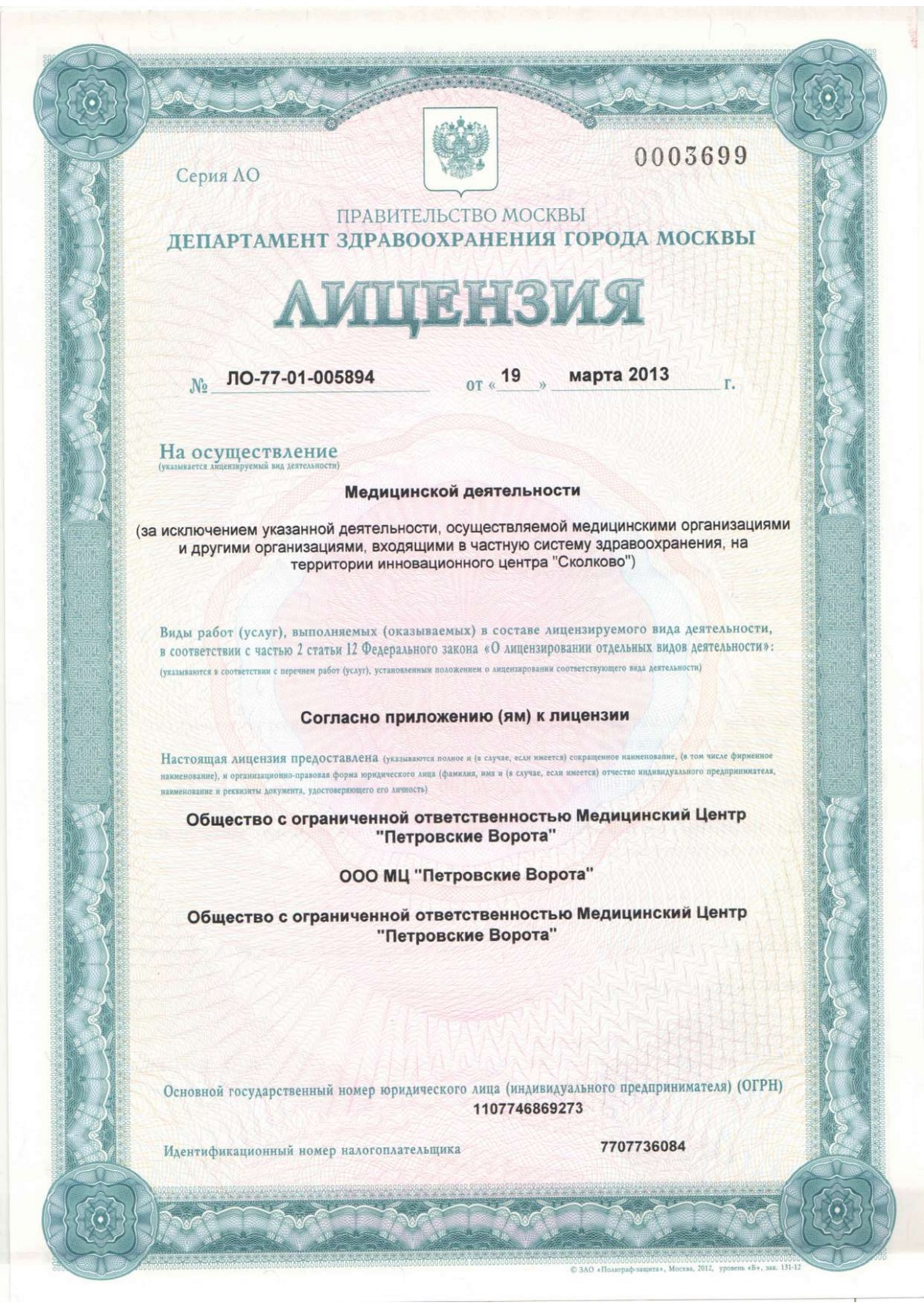

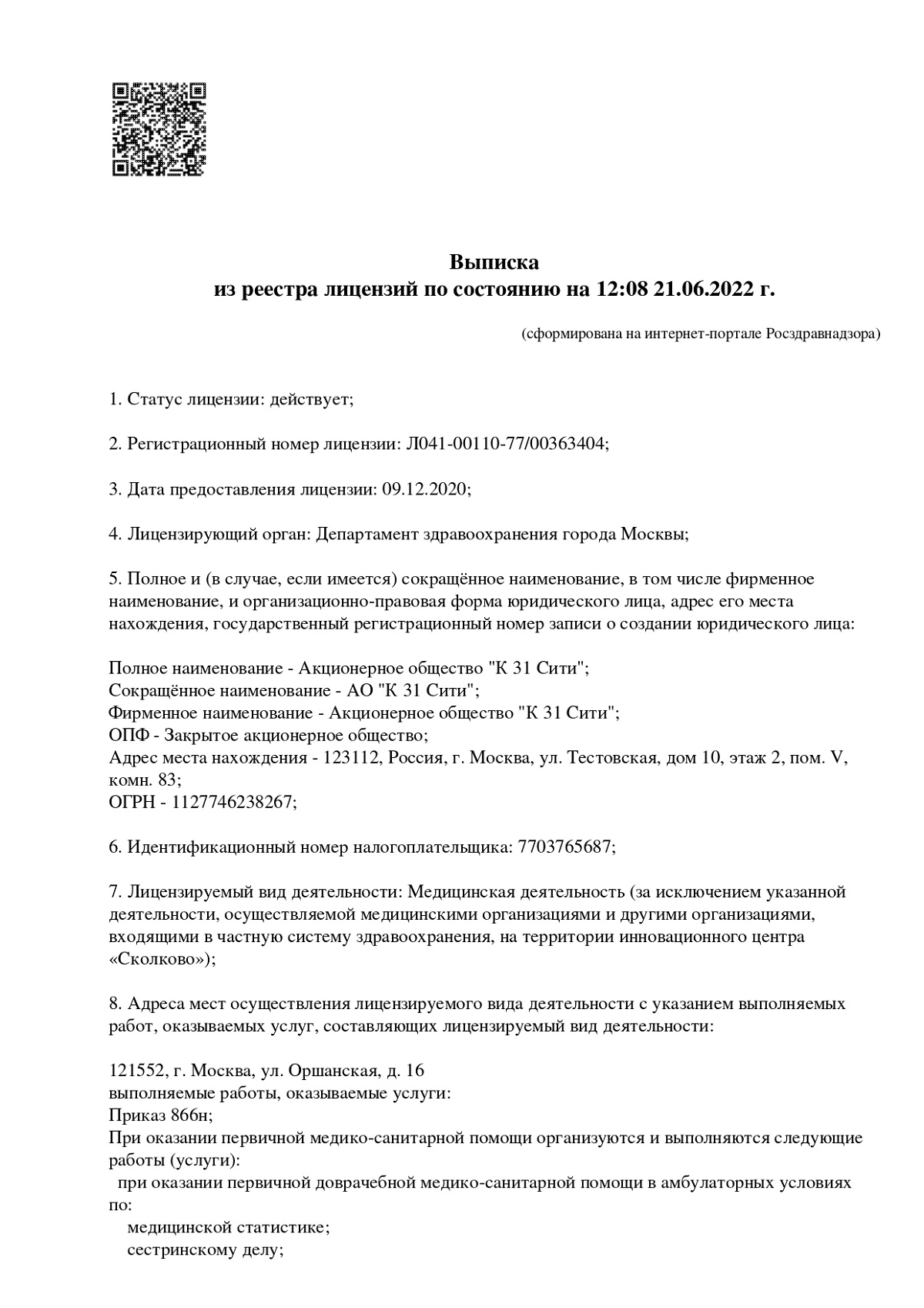
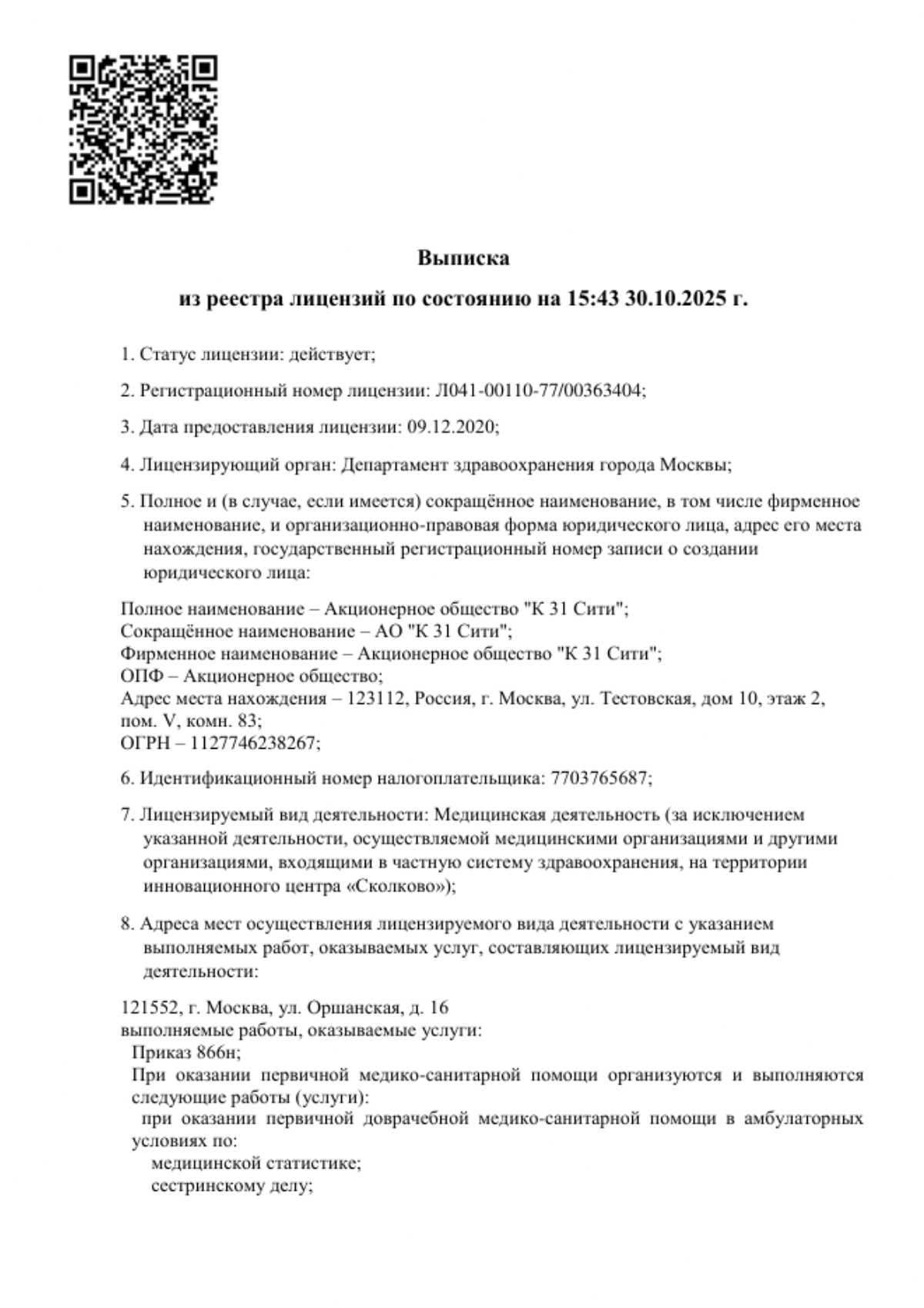
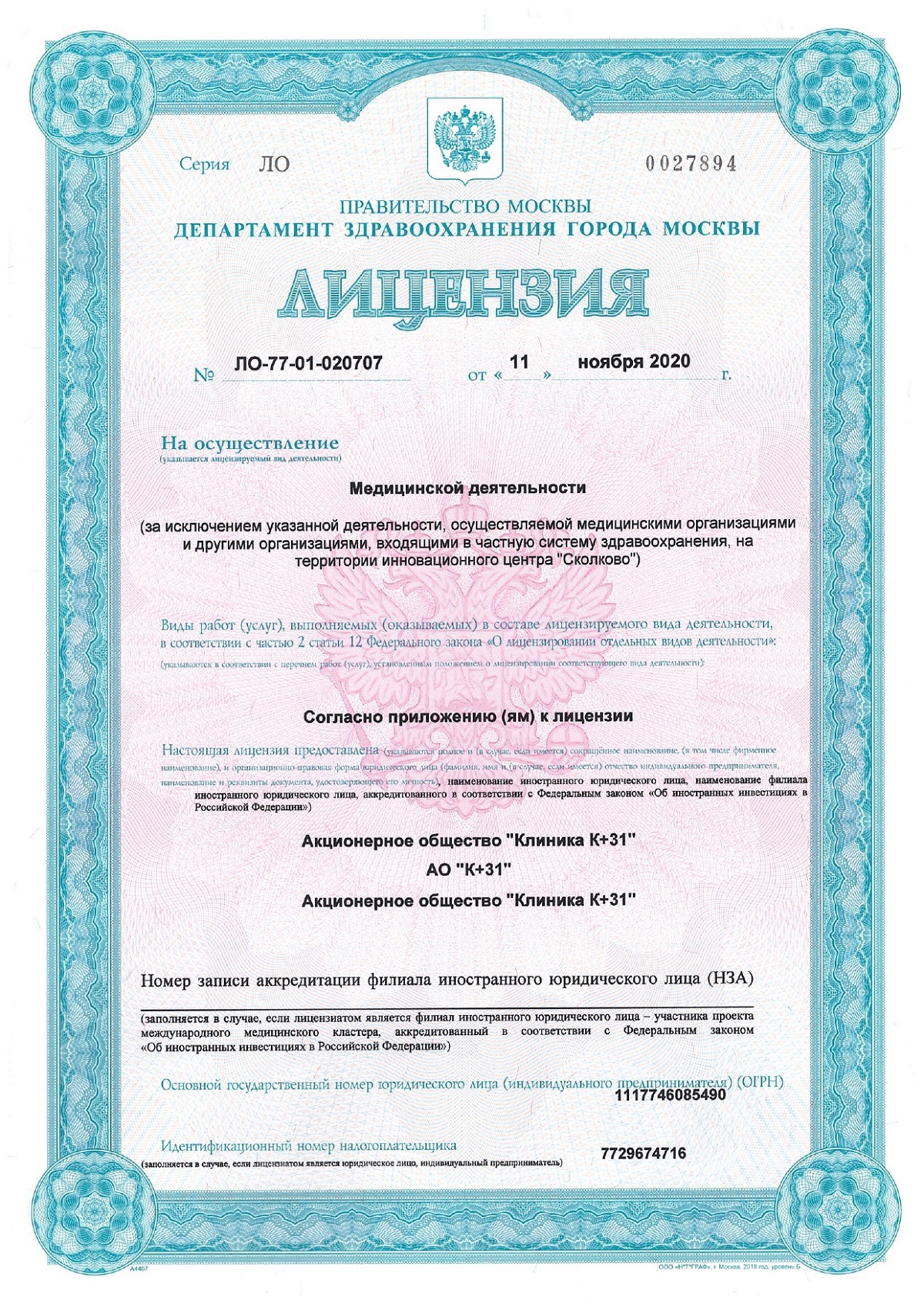

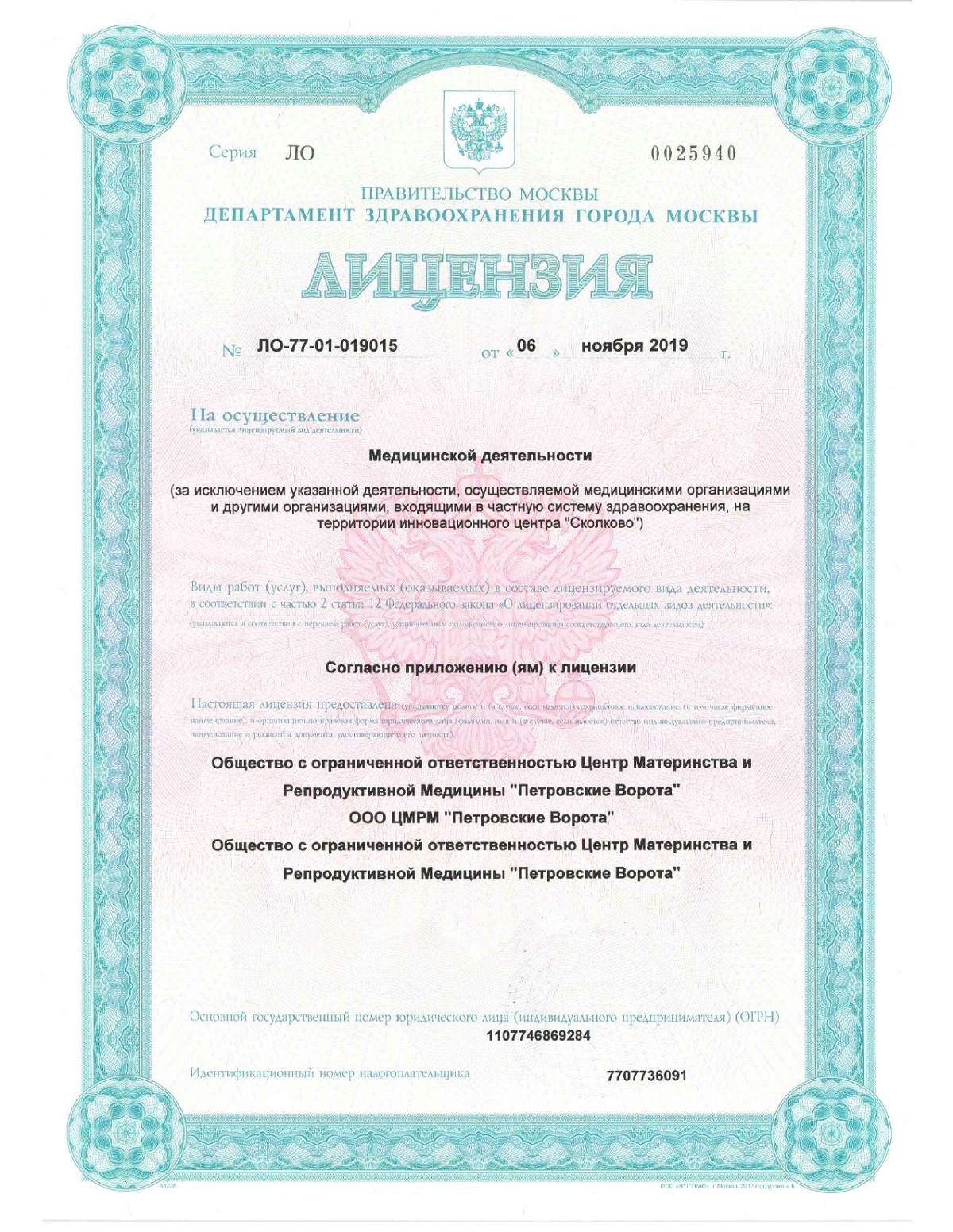




General information about thyroid nodules
Thyroid nodules are clearly defined areas that differ in density or color from healthy tissue. They can exist asymptomatically for a long time, without affecting the function of the organ. However, with a significant increase in size, the nodes compress the surrounding tissues and cause discomfort.
Clinical manifestations and the dynamics of the development of nodes are largely determined by the individual characteristics of the patient, including lifestyle, health status and the presence of concomitant diseases.